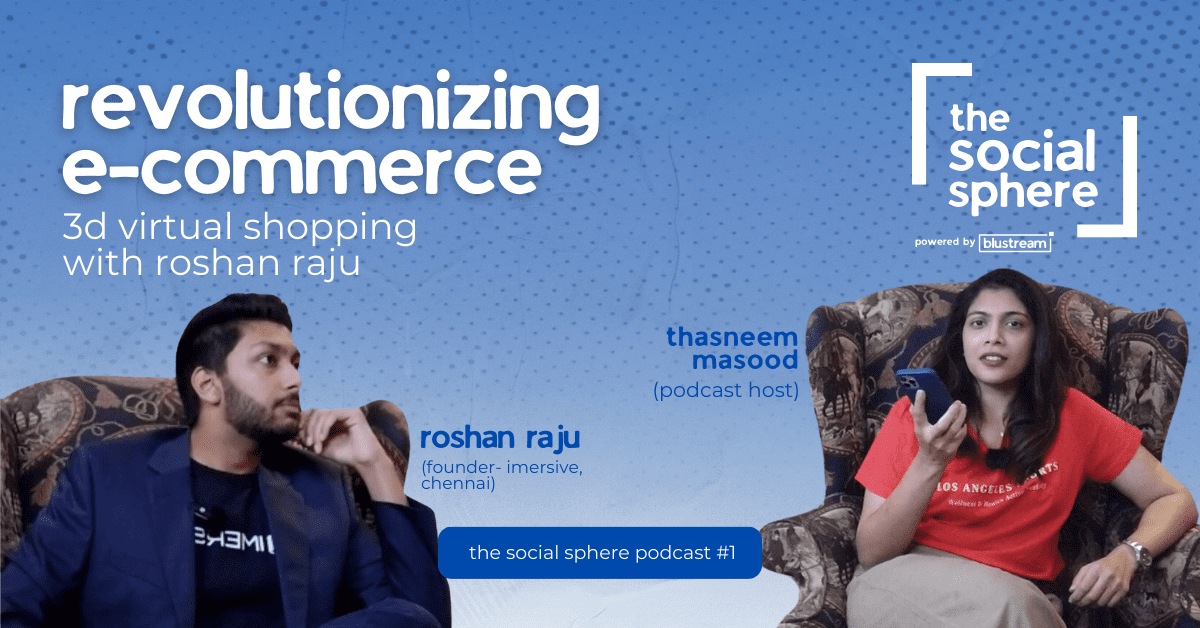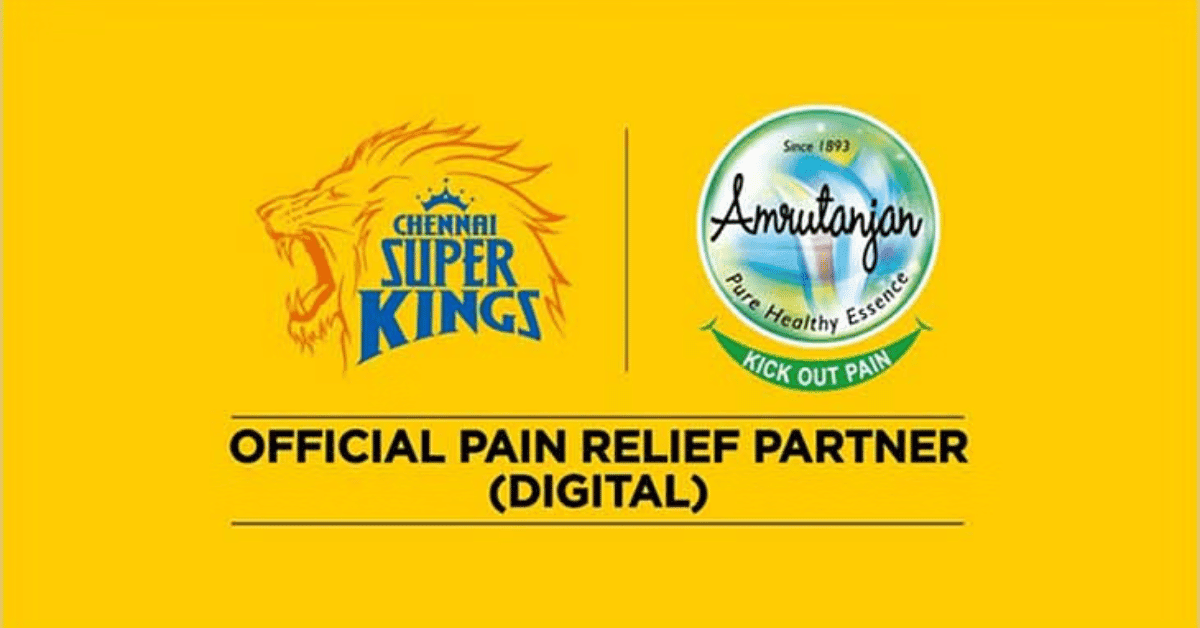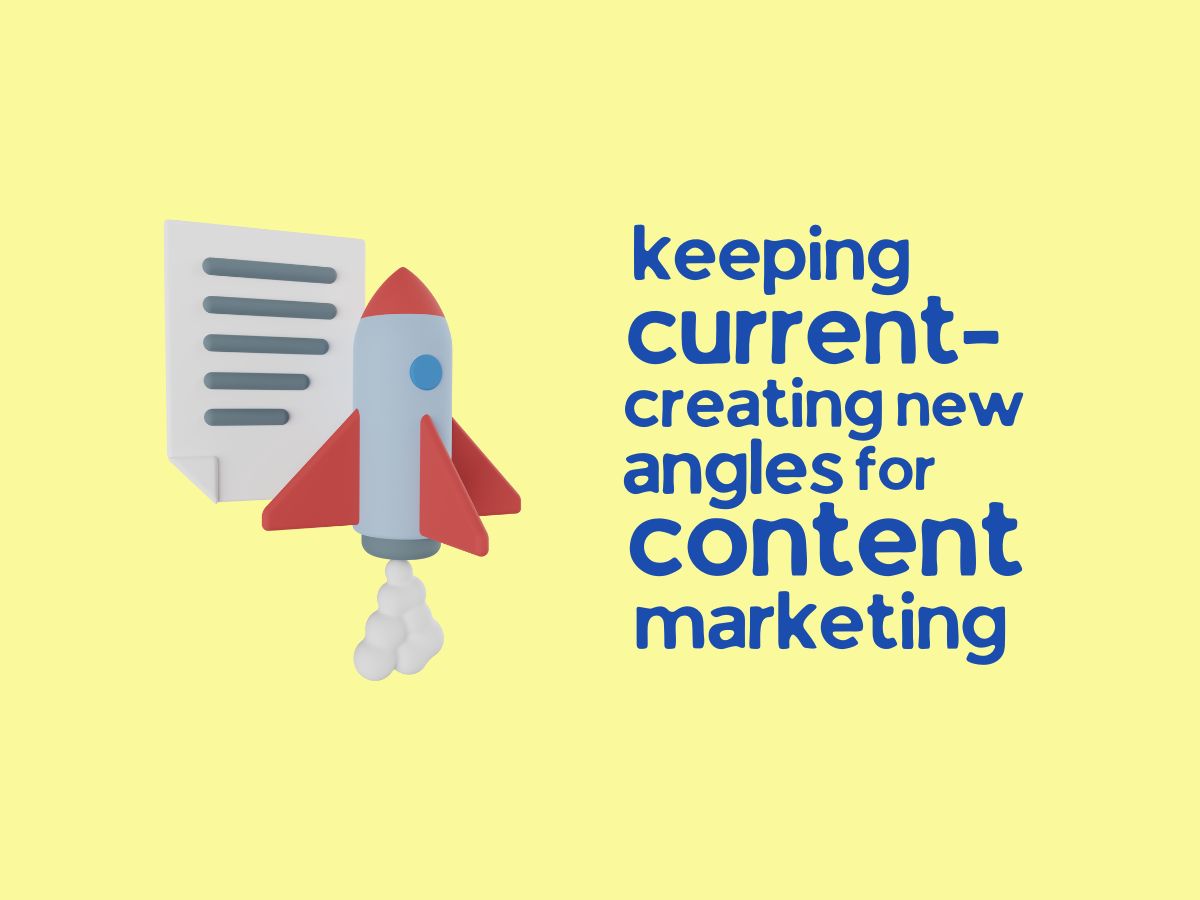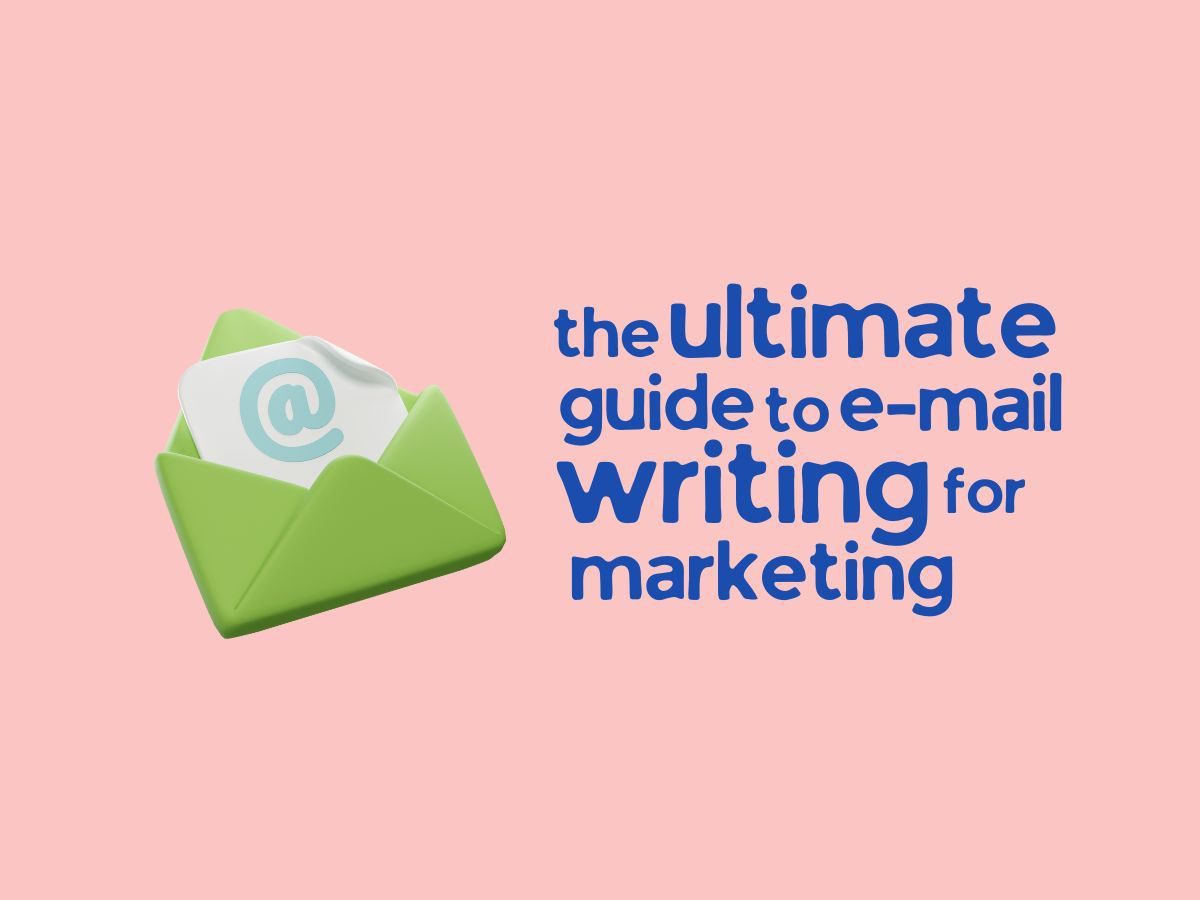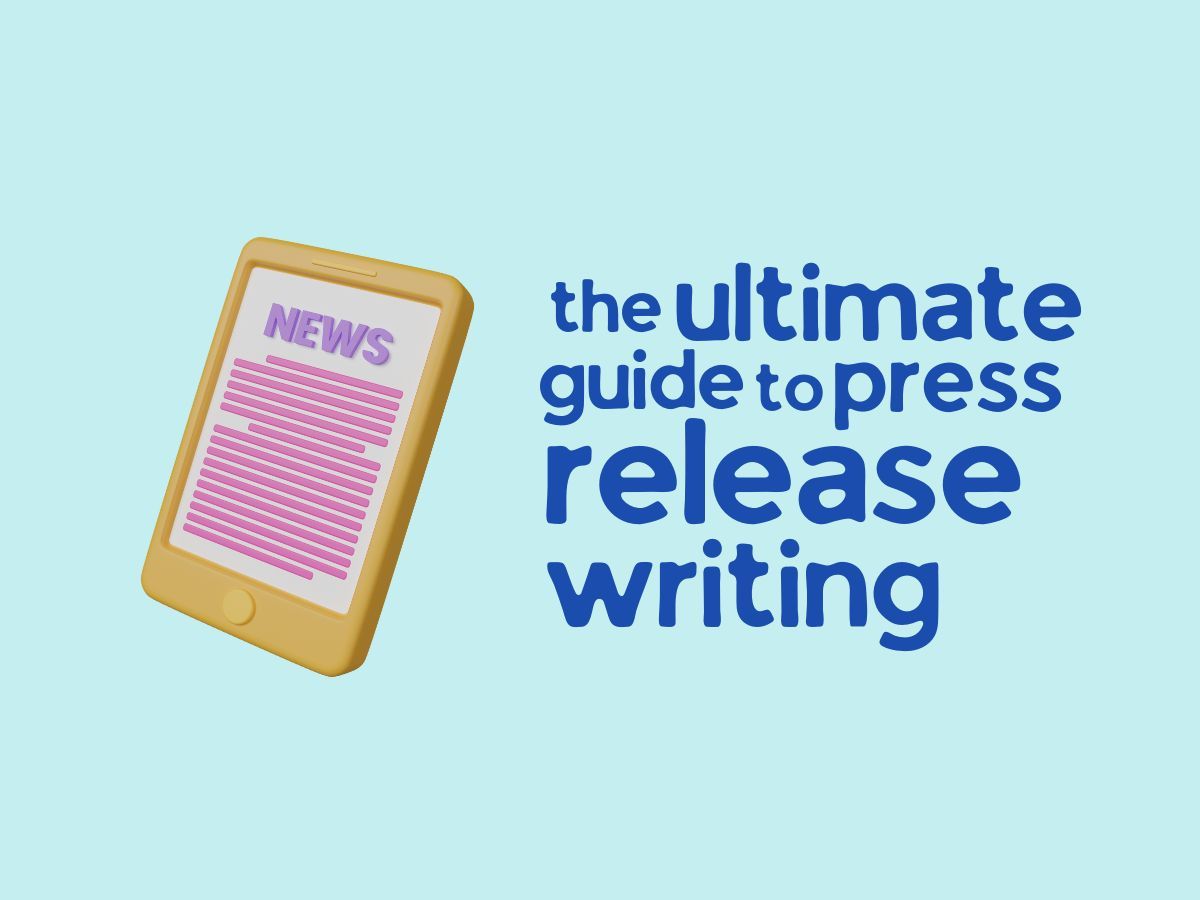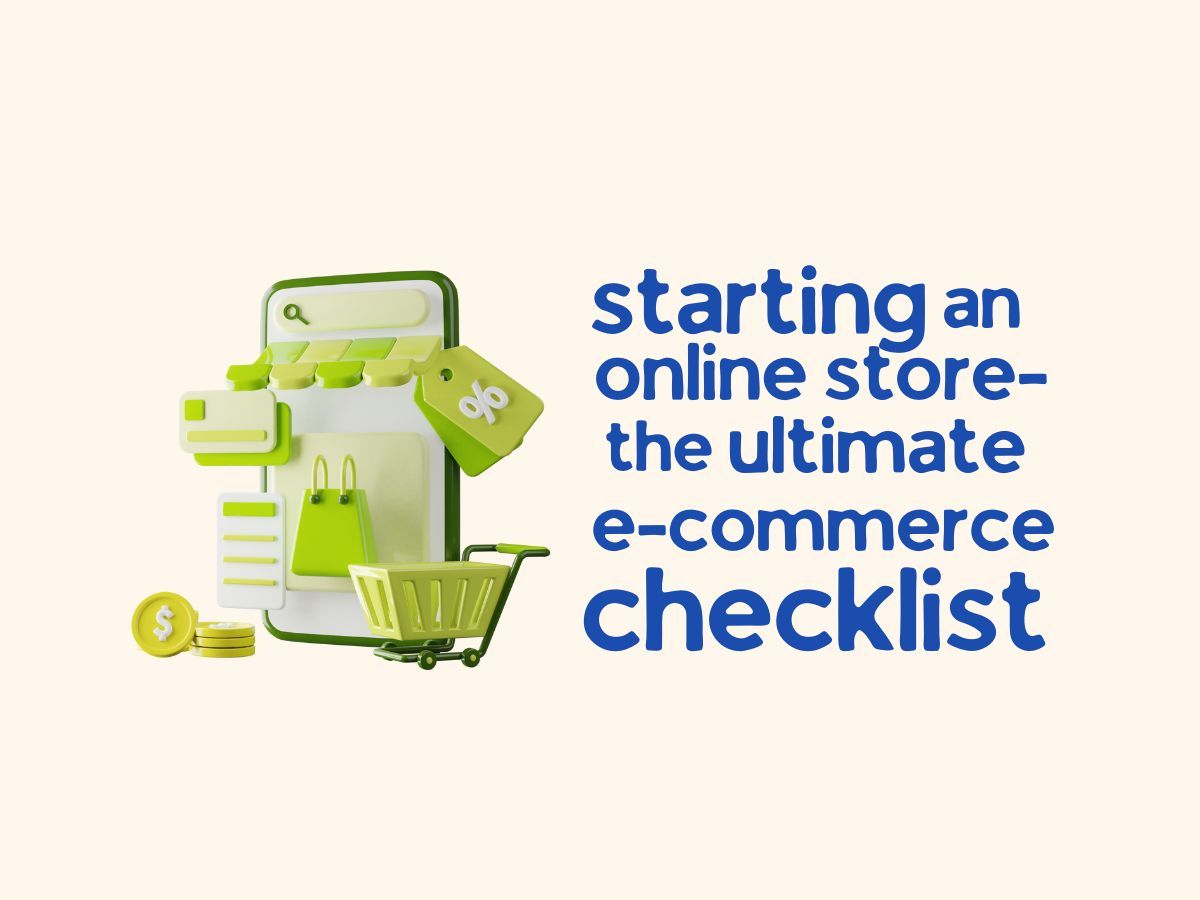How Micro Influencers can help your business
Getting more customers in today’s competitive world is nearly impossible.
Search engine optimization takes months to drive any measurable traffic, PPC costs tons of money and is often difficult for the average marketer to run without hiring an agency.
Referrals are great, but you can only generate so many of them. The reality is most marketing tactics require tons of effort and months of planning before you see results. Most of us can’t wait that long for results. What are you doing? You use nano and micro influencers.
Influencer marketing is one of the best ways to increase sales.
In fact, according to BigCommerce, 17 percent of businesses spend more than half of their marketing budget on influencers.
But most people can’t afford celebrity influencers like Kim Kardashian. Fortunately, you don’t really want to use influencers like that.
You want smaller, niche influencers called “micro-influencers”.
What are micro-influencers and why should you use them?
It’s no secret that influencer marketing is already a booming industry.
The growth of influencers and social media platforms is amazing to say the least.
In fact, influencer marketing is a tactic I’ve used countless times to build my brands and businesses.
If you don’t have a growing following, advertising is difficult. This is why influencers are useful. They offer fast promotion of your product or service with amazing conversion rates.
This is one of the best ways to increase sales. All kinds of companies and brands take advantage of this.
So what is a micro influencer? How is micro-influencer marketing different from regular influencer marketing? Why should you focus on micro-influencers instead of regular influencers?
Well, let’s start with some basic definitions.
Micro-influencers are pretty much what they sound like.
They are hyper-specific influencers with a smaller following in a specific niche. They have an intensely engaged audience, but their number of followers is relatively low (less than 25,000).
Big celebrities are not micro-influencers.
They have millions of followers.
Accounts with less than 25,000 followers are generally considered micro-influencers. They often have a very active audience. Additionally, nano influencers have thousands of followers.
Evidence shows that nano- and micro-influencers succeed.
Markerly studied over 800,000 Instagram accounts with over 1,000 followers each. They analyzed how engaged their audiences were compared to big celebrity influencers.
They found that as the follower count increased, like rates dropped significantly.
They also found that comments and engaged users decreased as followership increased:
This means that the more followers an account has, the fewer likes and comments they get (relative to the follower count. So using influencers who have millions of followers might get you less bang for your buck.
On top of this glaring data, they also found that Instagram influencers with 1,000 to 10,000 followers earned likes at a percent rate. In contrast, accounts with over 10,000 only achieved a 2% like rate.
The big-ticket celebrity accounts with over 1,000,000 followers only got a 1.7 percent like rate.
Expertise surveyed large groups of micro-influencers to see what kind of power they have.
Here are two amazing statistics they discovered:
Micro-influencers had 22.2 times more conversations when recommending products than average consumers.
,
82 percent of consumers said they are very likely to follow a recommendation from a micro-influencer.
Micro-influencers therefore discuss purchase recommendations more than macro-influencers. At the same time, they are more effective when they give real results.
If you think you need millions of followers to grow your brand, think again.
Nano and micro influencers increase engagement and have better targeting capabilities.
So it’s time to stop wasting money on expensive influencers that don’t drive engagement or traffic.
How to Find Micro-influencers for Your Brand
Before we get into the ways you can use micro-influencers to get more customers, you need to understand how to find these people.
Finding the right influencer is critical. It can make or break your campaign.
If you select the wrong influencer in the wrong niche, you risk wasting money on a failed campaign that won’t grow your business.
Fortunately, there are a few tools we can use to collect influencers and begin the process of outreach.
My favorite tool is HYPR. This is an analytics tool that allows you to find information about multiple influencers in any niche.
It’s also free for over 100 searches. Most of these tools cost a lot of money, but HYPR gives you free searches and detailed reports.
Get started by creating a free account.
Once you’re on the dashboard, it’s time to search.While we’re here, we want to set up search filters based on the information we discussed earlier.
Remember: Influencers with 1,000-10,000 followers earned % likes, while accounts with more than 10,000 followers only achieved a 2.% like rate. For micro-influencers, we want to focus on the next 1,000-10,000 accounts.






